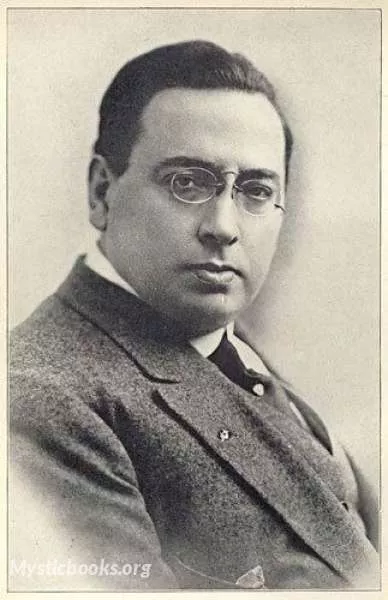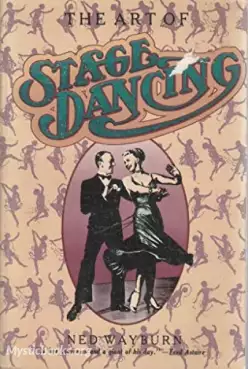
Timeline
Title
Country/Nationality
Ned Wayburn
Ned Wayburn was a choreographer.
Wayburn was born in Pittsburgh, Pennsylvania, to Elbert Delos Weyburn (1841–1918) and Harriet Landon Beach (maiden; 1844–1900). Chauncey Weyburn (1814–1872) was his paternal grandfather. Ned Wayburn spent much of his childhood in Chicago where he was introduced to theater and studied classical piano. At the age of 21, he abandoned his family's tradition of manufacturing and began teaching at the Hart Conway School of Acting in Chicago. There he worked with three faculty members who influenced his growing interest in dance and movement: C.H. Jacobsen (aka Charles Jacobsen; né Henry John Max Jacobsen; 1864–1942) (dance), Colonel Thomas Hoyer Monstery (1824–1901), and Ida Simpson-Serven (née Ida Ellen Simpson; 1859–1928) (elocution), whose teachings were based on Delsarte's concepts about the meaning of gestures and their ability to communicate the emotion.
After leaving the school, Wayburn spent many years in theater staging shows for producers. He worked with such teams as William Hammerstein and Oscar Hammerstein, and Marc Klaw and A.L. Erlanger. In 1906, he began his own management group called the Headline Vaudeville Production Company. Through his own firm he staged many feature acts, while collaborating with other producers such as Lew Fields, Florenz Ziegfeld and the Shuberts. In 1915, he began working with Ziegfeld and became the main choreographer of the Ziegfeld Follies.
Wayburn’s choreography was based on five techniques: musical comedy, tapping and stepping, acrobatic work, toe specialties, and exhibition ballroom. As a child, he was captivated by Minstrel shows and recreated them in many of his works. Formation symmetry was common in minstrel shows, as well as parade. Wayburn used Minstrel style costumes and makeup in his show Minstrel Misses (1903).
His choreography was influenced by social dances of the time. His dancers moved in units of two or four, following popular trends. He took dances such as tangos, the Turkey Trot, the Grizzly Bear, the Black Bottom and the Charleston and recreated them for stage performances by using strong exaggerations of movement.
Some of his well-known shows were Phantastic Phantoms (1907), The Daisy Dancers (1906), Havana (1909), The Passing Show (1913), and all of the Ziegfeld Follies. He created steps such as the “Ziegfeld Walk” and the “Gilda Glide”, and is credited with developing the talent of such iconic performers as Fred Astaire, Jeanette MacDonald, Gilda Gray, Marilyn Miller, Ann Pennington, Barbara Stanwyck, Clifton Webb, Mae West, Groucho Marx, June Allyson and Fanny Brice. In 1920, he staged the musical comedy Poor Little Ritz Girl with music by Richard Rodgers and Sigmund Romberg.
Ned Wayburn was married three times – first, from 1897 to about 1905, to Agnes Wayburn (née Agnes Lillian Saye; 1876–1949), who had been one of the two original "Florodora" sextets. He then was married, from 1908 to 1916, to Helene "Smiles" Davis (né Helen Sylvia Davis; 1890–1981); and then, from 1916 until his death, to Marguerite V. Lee Kirby (maiden; 1890–1978). Agnes Wayburn was married again, from 1913 until her death, to José Campodónico (born about 1882), a textile manufacturer from Montevideo, Uruguay.
Books by Ned Wayburn

The Art of Stage Dancing
Ned Wayburn, a popular and outstanding choreographer of the early 1900's, writes about the different styles and requirements of dancing and his way of teaching it.